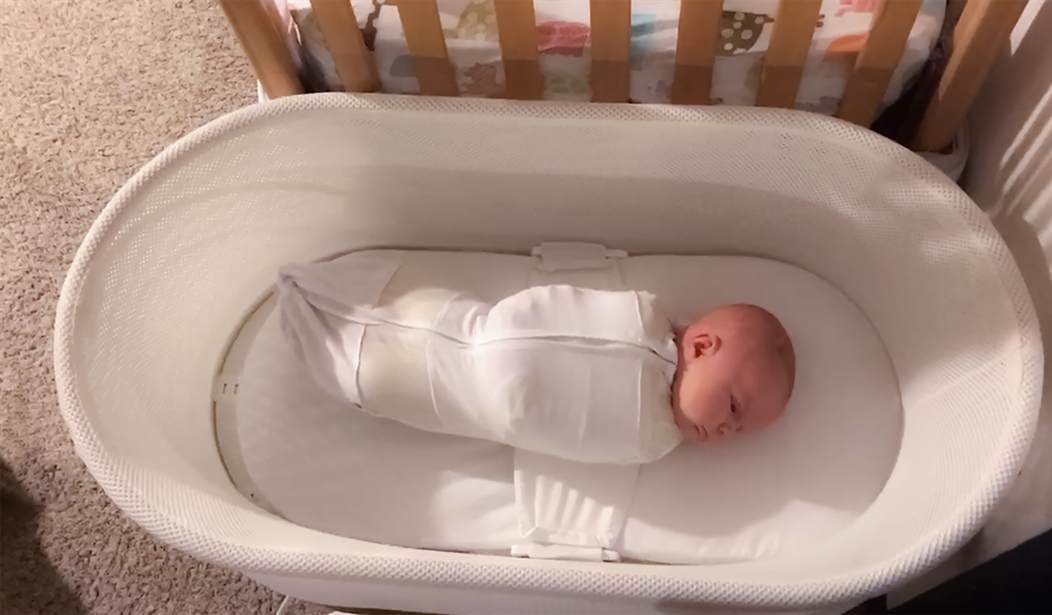We already had a pretty good indication of this from the early release of the 2020 census data, but a new government report coming out this week seems to confirm it. The birth rate in the United States last year hit another rather steep decline, dropping more in a single year than it has in five decades. The new low in the birth rate is the lowest seen since the government began tracking these records more than a century ago. A variety of factors are believed to be contributing to this, but the bottom line is that we’re currently flirting with the prospect of dropping below the replacement rate for our population. This news has a number of likely implications and none of them are good. (Associated Press)
The U.S. birth rate fell 4% last year, the largest single-year decrease in nearly 50 years, according to a government report being released Wednesday.
The rate dropped for moms of every major race and ethnicity, and in nearly age group, falling to the lowest point since federal health officials started tracking it more than a century ago.
Births have been declining in younger women for years, as many postponed motherhood and had smaller families.
Birth rates for women in their late 30s and in their 40s have been inching up. But not last year.
This report comes from the CDC, so let’s hope that they’re better at counting birth certificates than they are at crafting COVID guidelines. But this is fairly basic addition and subtraction, so I doubt they’re far off the beam in this case.
As the report notes, one of the biggest surprises was the decline in births by mothers in their late 30s and 40s. For economic reasons, many families have been waiting until later in life to have children, so that group had been driving some of the higher birth rates seen in recent years. At the opposite end of the spectrum, the only good news in the report is that the birth rate among females aged 15 to 19 plunged by 8%, so we have fewer “babies having babies,” frequently out of wedlock.
Based on a survey of 99% of the birth certificates issued last year, the full birth rate among women considered to be in their childbearing years was 56 out of every 1,000. Just to put that in context, the birth rate in the 1960s averaged more than 110 out of every 1,000, so we’re down below half of that level.
Along racial lines, Asian women saw the steepest decline at 8%. Black, white and Hispanic women averaged three to four percent. No explanation was offered as to why Asian mothers saw twice as large of a decline.
As I mentioned at the top, we’re just about at the point where there aren’t enough children being born to replace the number of people who die each year. And given the increases we’ve seen in life expectancy over the past half-century, that’s very troubling news. We’re going to continue to see a smaller number of working-age people supporting the retirement needs of a burgeoning population of elderly people. That will only increase the strains we’re already seeing on the Social Security system and healthcare services.
The pandemic was likely one of the biggest drivers of the decline last year, so perhaps we won’t see the same sort of a drop this year after we work our way to herd immunity and things mostly return to normal. After all, when you’re watching the world fall apart as we did in 2020, a lot of families probably made the decision to hold off on having kids until the future looked more certain. Who knows? If all of the families who put their next child on hold decided to get on with their lives starting this summer, we might actually see an increase by the end of 2021. If not, we’re going to be overdue for a serious conversation about what we plan to do to address this.








